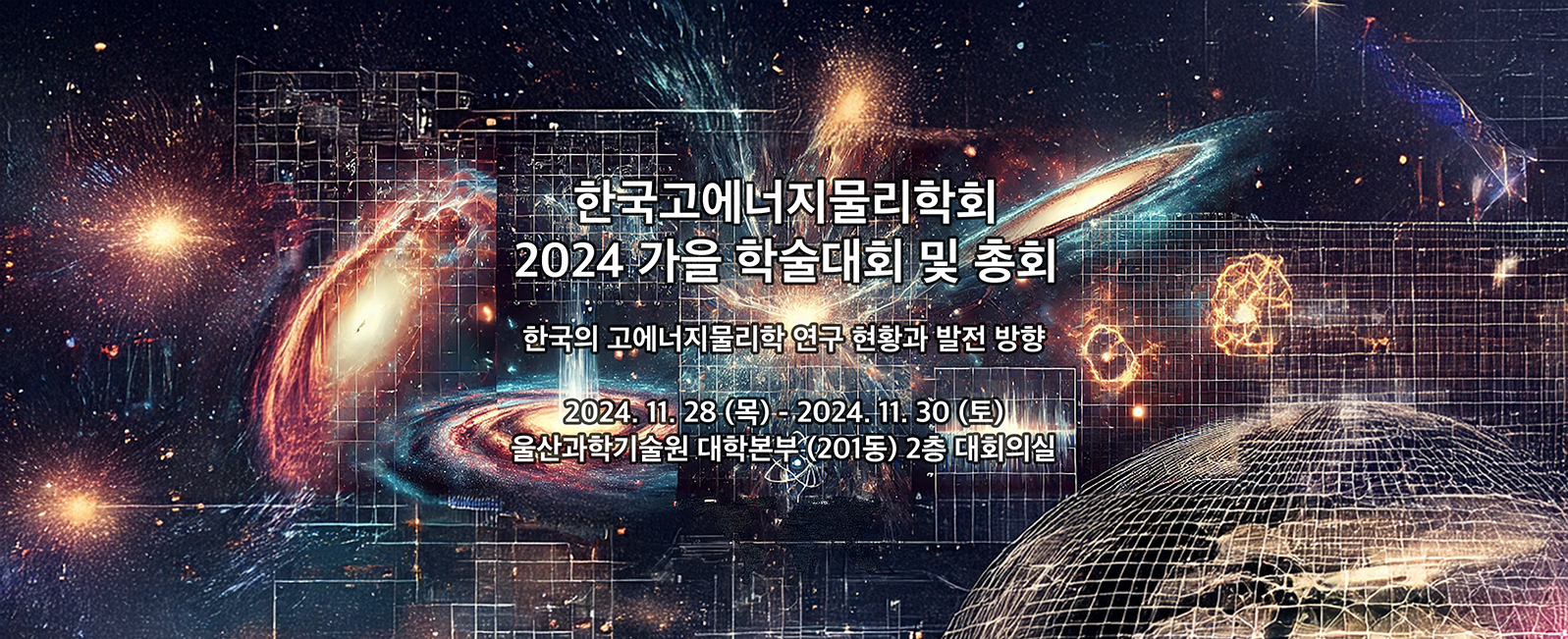Speaker
Description
The gravitational anomalies observed in galaxies and galaxy clusters based on standard gravity have been interpreted as the presence of dark matter. Internal orbital motions of nearby wide binaries (widely separated, long-period, gravitationally bound binary stars) are free from the effects of the inferred dark matter density in the Milky Way and thus can be used to directly probe low-acceleration gravity regardless of the dark matter concept. Several recently published and ongoing analyses of wide binaries from the Gaia DR3 database show clear evidence for gravitational anomaly in the low-acceleration regime (< 1 nanometer per second squared) that is equivalent to the acceleration regime for the gravitational anomaly in galaxy rotation curves.
Wide binary anomalies indicate that standard gravity is broken in the low-acceleration regime. Standard gravity satisfies the strong equivalence principle (SEP) beyond Galilei’s universality of free-fall (or the weak equivalence principle). Interestingly, the degree and trend of wide binary anomalies are consistent with the generic prediction of modified gravity theories such as AQUAL under Milgrom’s paradigm of modified Newtonian dynamics (MOND). MOND obeys the universality of free-fall but breaks the strong equivalence principle.
As long as the current evidence for wide binary gravitational anomalies is not a fluke, a new scientific revolution is inevitable. Einstein’s general relativity needs to be extended or replaced by a new theory. Astrophysical dynamics and cosmology based on general relativity or Newtonian dynamics require a major revision. The concept of unidentified dark matter needs to be rethought. I will show how future data and analyses can solidify the current evidence and make it a true scientific fact.

